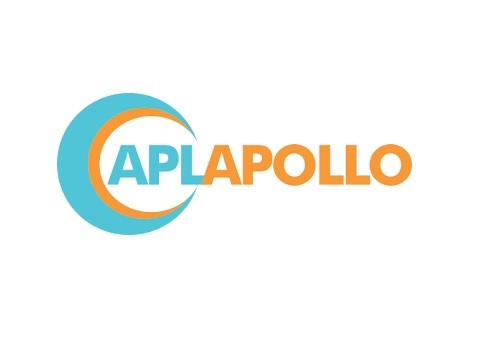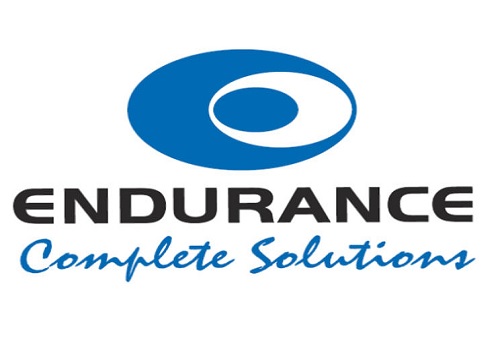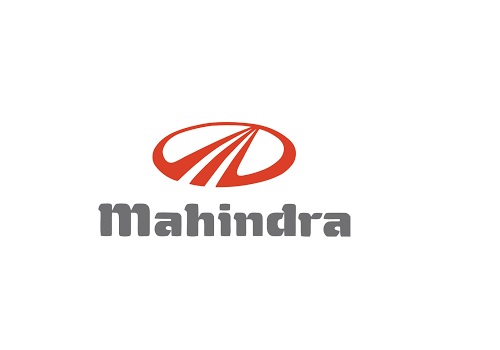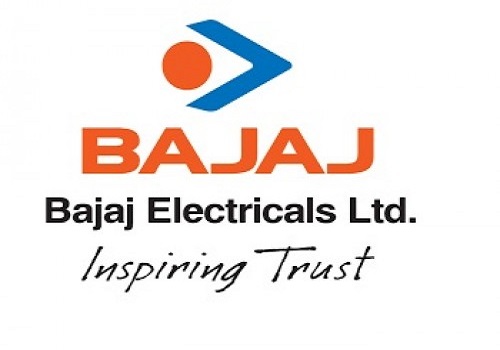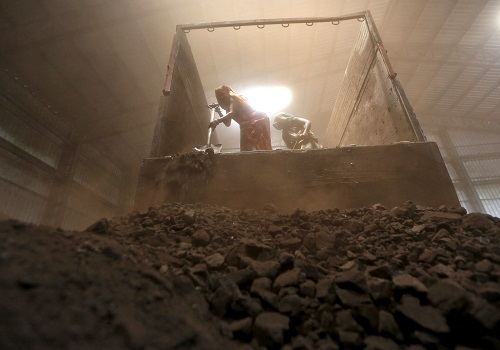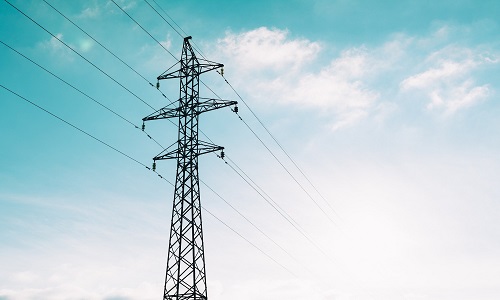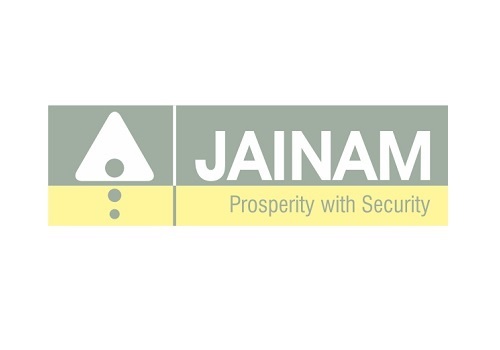India's Equity market outlook continues to remain positive : Motilal Oswal Private Wealth

Follow us Now on Telegram ! Get daily 10 - 12 important updates on Business, Finance and Investment. Join our Telegram Channel
According to March 2024 Alpha Strategist report by Motilal Oswal Private Wealth, A review of 3QFY24 earnings suggests that the earnings revision trend in the broader market, excluding the Nifty50 companies, has been lacklustre. The margin tailwind from 4QFY24 onwards will be receding, necessitating a recovery in revenue growth to drive earnings ahead. Over the last 12 months ending Feb'24, the Mid & Small cap indices have significantly outperformed the Large Cap index (Nifty50). Consequently, the valuations in terms of Price to Earnings ratio for these indices is meaningfully higher than their respective long-term (10 year) average valuations. For the Mid Cap 100 index, the 1-year forward PE is 26x, much higher than the 10-year average of 21x. Similarly, the 1-year forward PE for the Small Cap 100 index is 21.5x vs its 10- year average of 16x. While corporate earnings over the next couple of years is expected to remain steady, it would not be prudent to expect the pace of growth to be similar to the previous 4 years. Hence, there is a likelihood that the current valuations for the Mid & Small cap indices could witness mean reversion.
Click here to see detailed report
Click to view previous reports
India's Equity market outlook continues to remain positive given the strength of corporate balance sheets and the healthy uptrend in the capex cycle. Motilal Oswal Private Wealth’s Temperature Gauge Index shows that Large Caps are in fair valuation zone. Hence, for incremental allocation to equity, MOPW suggests investing in lump-sum with a bias towards Large Cap & Multicap strategies across MF, PMS, AIF platforms. MOPW reiterates emphasis on Investment Charter, Asset Allocation, and a disciplined staggered deployment strategy for incremental equity investments without trying to time the market.
Fixed Income Portfolio Strategy:
MOPW reiterates their view to increase duration in the fixed income portfolio so as to capitalize on the softening of yields in the next 1-3 years.
65% - 70% of the portfolio should be invested in combination of –
- G-Sec roll down strategies through a combination of 10 - 14 years' maturity Bonds/Funds and for 20-30 years' average maturity prefer to invest through G-Sec MFs
- Multi Asset Allocation Funds which aim to generate efficient risk adjusted returns through a combination of debt instruments & arbitrage (equity and commodities).
- Equity Savings funds which aim to generate enhanced returns than traditional fixed income along with moderate volatility through a combination of equities, arbitrage and fixed income instruments.
To improve the overall portfolio yield, can be allocated 30% – 35% of the overall fixed income portfolio to select high yield NCDs, Private Credit strategies & REITs/InvITs. For liquidity management or temporary parking investments can be allocated to Arbitrage/Ultra or liquidity management or temporary parking, Short Term (minimum 6 months)/Liquid (1-3 months)/Overnight (less than 1 month) strategies.
Allocation to Gold can act as a hedge against any heightened volatility in a portfolio constituting risk assets.
India's Emerging Industrial Landscape: A Comprehensive Analysis
The Indian industrial landscape is undergoing a significant transformation. The country's private sector is poised to drive capital expenditure (capex), taking the burden off the government. This shift is expected to stimulate growth in both conventional and emerging sectors.
Private Investments Fuelling Industrial Capex
In recent years, household sectors and infrastructure development financed by central and state governments have driven capex in India. Moving forward, the industrial sectors are predicted to gain momentum, with investments flowing towards both traditional and emerging sectors. Meanwhile, infrastructure capex will maintain its trajectory. The overall industrial capex witnessed an average growth of 9% between fiscals 2019 and 2023. In absolute terms, industrial capex averaged Rs 3.9 lakh crore per annum during this period. It is expected to rise to Rs 6.5 lakh crore on average between fiscals 2024 and 2028, marking an increase of 1.7x on an annual basis.
Factors Driving Capex Growth
The growth in industrial capex is projected to be driven by higher capacity utilization, strong investment intent in emerging sectors, and the implementation of the Production-Linked Incentive (PLI) scheme over the next three to four fiscal years. The infrastructure and corporate sectors are expected to be funded predominantly by banks and the corporate bond market. In contrast, emerging sector capex, dominated by multinationals and large Indian companies, is expected to be funded by the domestic and international corporate bond markets.
Deep Dive - New Sectors
Power Sector Fuelling Infrastructure Capex
Electronics: The Rising Star of Value Addition
Battery Ecosystem: The Powerhouse of Value Addition
Solar Module: Towards Self-Sufficiency
Conclusion
The country's industrial landscape is poised to witness a significant transformation. The combination of government initiatives, private investments, and an increased focus on emerging sectors is setting the stage for a sustainable and resilient industrial growth story. However, to fully capitalize on these opportunities, India needs to address the persistent challenges of low labour productivity, high logistics and power costs, and lack of the required innovation. The pace of reforms needs to sustain for India to join the global value chain and for the manufacturing sector to account for 20% of GDP over the medium to long term.
Above views are of the author and not of the website kindly read disclaimer

